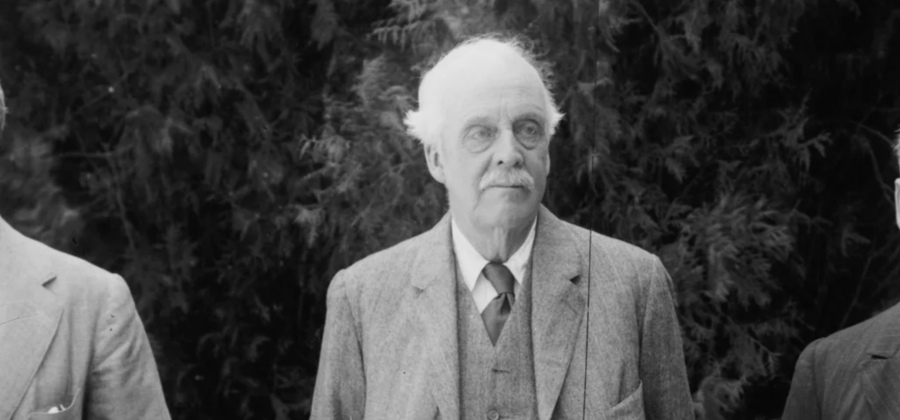“His Majesty’s Government view with favor the establishment in Palestine of a national home for the Jewish people.” This is the operative sentence in the Balfour Declaration, issued 103 years ago on November 2 by British Foreign Secretary Lord Arthur James Balfour on behalf of the British government, and transmitted by Balfour to Lord Walter Rothschild for passing along to the British Zionist Federation.
In 2017, on the centenary of the declaration, the anti-Zionist Oxford historian Avi Shlaim described it, more than once, as “a classic colonial document.” No doubt many today are inclined to see it the same way. And indeed it does have some of the external trappings of a “classic colonial document,” addressed as it was by one lord (Balfour) to another (Rothschild) and delivered, one can easily imagine, by a white-gloved emissary from the Foreign Office to the Rothschild palace in an envelope to be presented to the recipient on a silver platter.
Another, similar hint of imperial presumption can be detected in the way the declaration appears to dispose of a territory, Palestine, that Britain didn’t even possess. After all, as Shlaim correctly notes, this was still the “colonial era,” and over the course of World War I the British did author other “classic colonial documents” relating to the future disposition of the Middle East.
But was the Balfour Declaration really such a document? To answer that question…
To read the rest, go here to Mosaic, or download.


You must be logged in to post a comment.